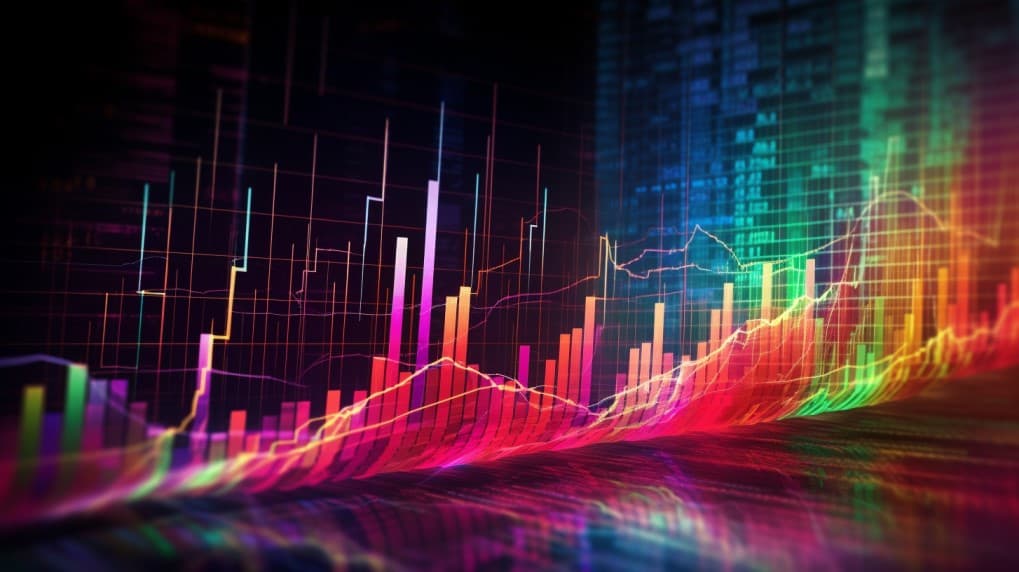
PHYS VS DGL
Exchange-Traded Funds (ETFs) have transformed the landscape of modern investing by offering diversified exposure to various sectors and asset classes. In this article, we will undertake a comprehensive comparison between two prominent gold-focused ETFs: PHYS (Sprott Physical Gold Trust) and DGL (Invesco DB Gold Fund). Through a detailed examination of their key attributes, including ETF tickers, full names, issuers, sectors, top holdings, capitalization, strategy, tracking, and exposure, investors can gain valuable insights into these financial instruments.
PHYS VS DGL: Overview
PHYS and DGL are two ETFs that cater to investors seeking exposure to the precious metal gold. While both funds offer a route to invest in gold, they do so through different methodologies. PHYS is designed to provide direct exposure to physical gold, holding allocated gold bullion, while DGL invests in futures contracts tracking the performance of the gold market. This distinction sets the foundation for understanding the nuanced differences between these two ETFs.
PHYS VS DGL: Sectors and Top Holdings
The sectors in which PHYS and DGL operate diverge due to their contrasting approaches. PHYS, as a holder of physical gold, is not linked to any particular sector beyond the precious metals space. DGL, on the other hand, operates in the broader commodities and futures market. This difference in sectors has a significant impact on the top holdings, as PHYS's primary asset is gold, while DGL's holdings include a mix of various commodities futures contracts.
 PHYS overlap PHYS VS DGL
PHYS overlap PHYS VS DGL
PHYS VS DGL: Capitalization and Strategy
Investors interested in the size and scope of these ETFs will find differences in their asset under management (AUM) and investment strategies. PHYS, with its focus on physical gold, has an AUM that corresponds directly to its holdings. DGL's strategy, based on futures contracts, requires a different approach to tracking the gold market's performance. These varying capitalization and strategy dynamics contribute to the diversity of investment opportunities for individuals.
PHYS VS DGL: Tracking and Exposure
PHYS and DGL differ in their methods of tracking the price of gold. PHYS's holdings are composed of allocated gold bullion, ensuring a direct correlation with the physical metal's market value. DGL, in contrast, tracks the performance of gold futures contracts, introducing an element of derivatives and market dynamics. This difference in tracking methods reflects the ETFs' distinct approaches to offering gold exposure to investors.
Conclusion
PHYS and DGL present investors with distinct avenues for accessing the gold market. Whether one seeks direct exposure to physical gold or prefers exposure through futures contracts, these ETFs cater to a range of investment preferences. For those who wish to gain a deeper understanding of the holdings, correlations, overlaps, and various insights into these financial instruments, ETF Insider stands as the ultimate tool. With its user-friendly app, investors can explore comprehensive details about these ETFs and other financial instruments, enabling informed decision-making.
Disclaimer: This article is intended for informational purposes only and does not provide any investment advisory services.
Sources:
Sprott Physical Gold Trust (PHYS) Fact Sheet. Sprott.
Invesco DB Gold Fund (DGL) Overview. Invesco.
"Exchange-Traded Funds (ETFs)." U.S. Securities and Exchange Commission.
"Commodity ETFs: An Introduction." Investopedia.
"Introduction to Gold ETFs." World Gold Council.